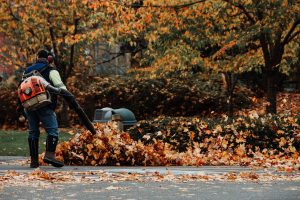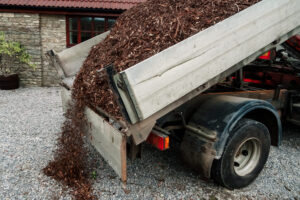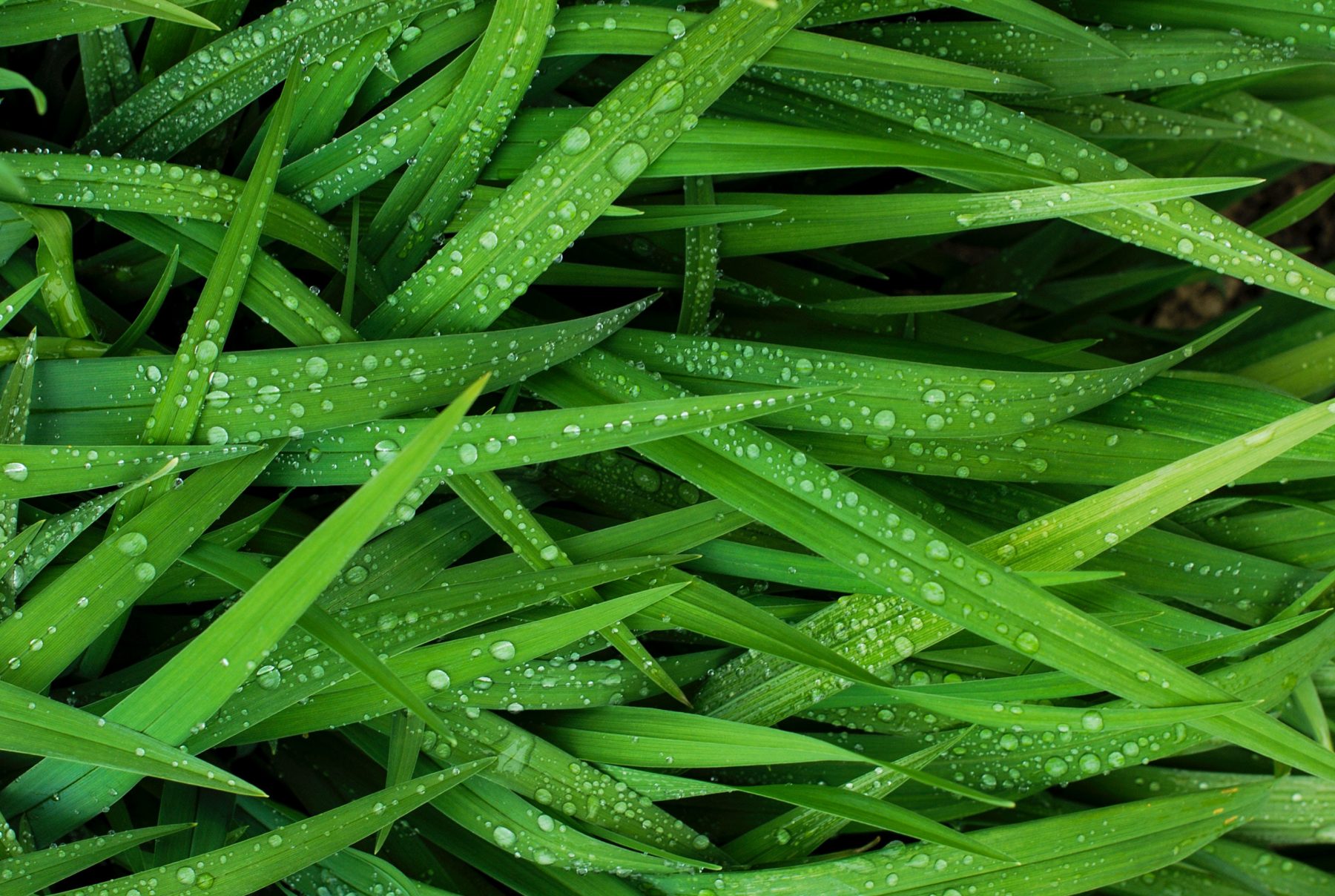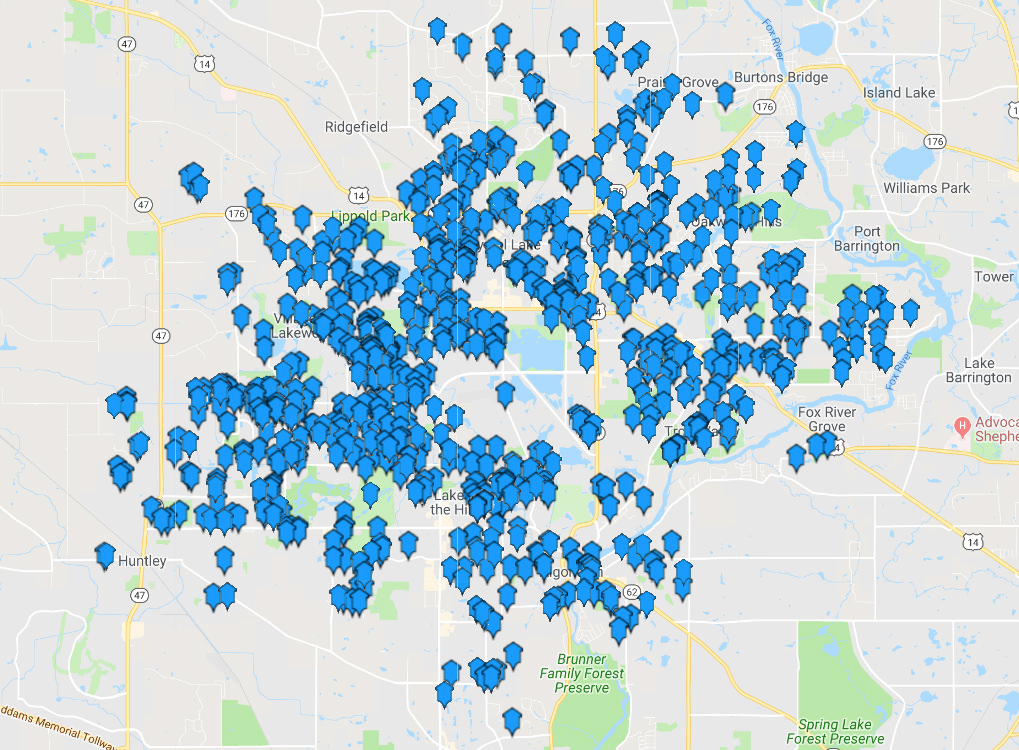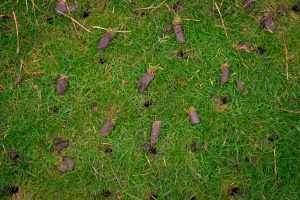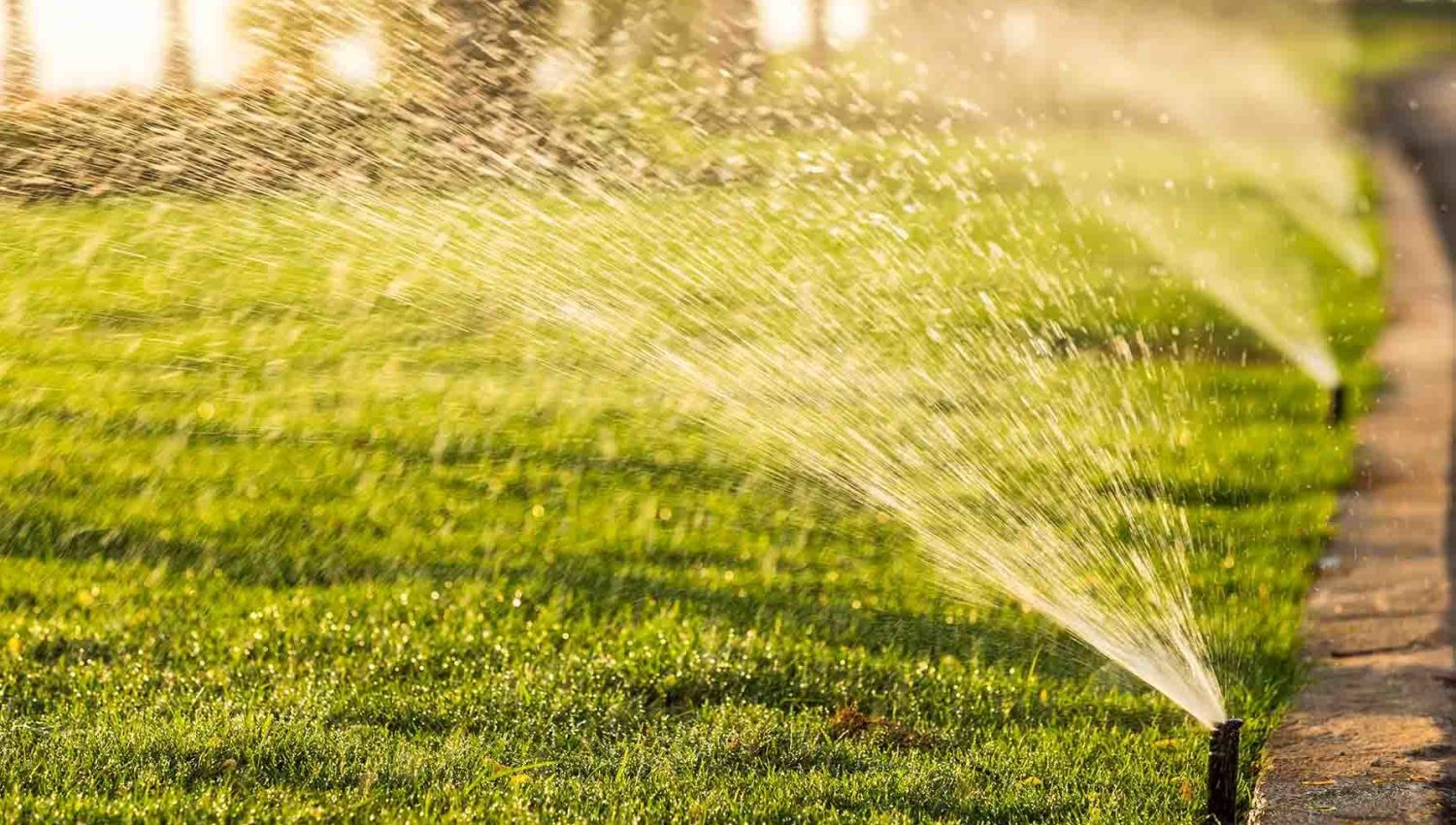
Watering Guide For After Overseeding

How To Overseed
Before getting into how to water your lawn after overseeding, it’s important that we briefly discuss how to properly overseed. Aftercare is important, but overseeding also requires a bit of preparation in order to optimize seeding results. Core aeration and dethatching in fall are the two best ways to prepare your lawn for overseeding.
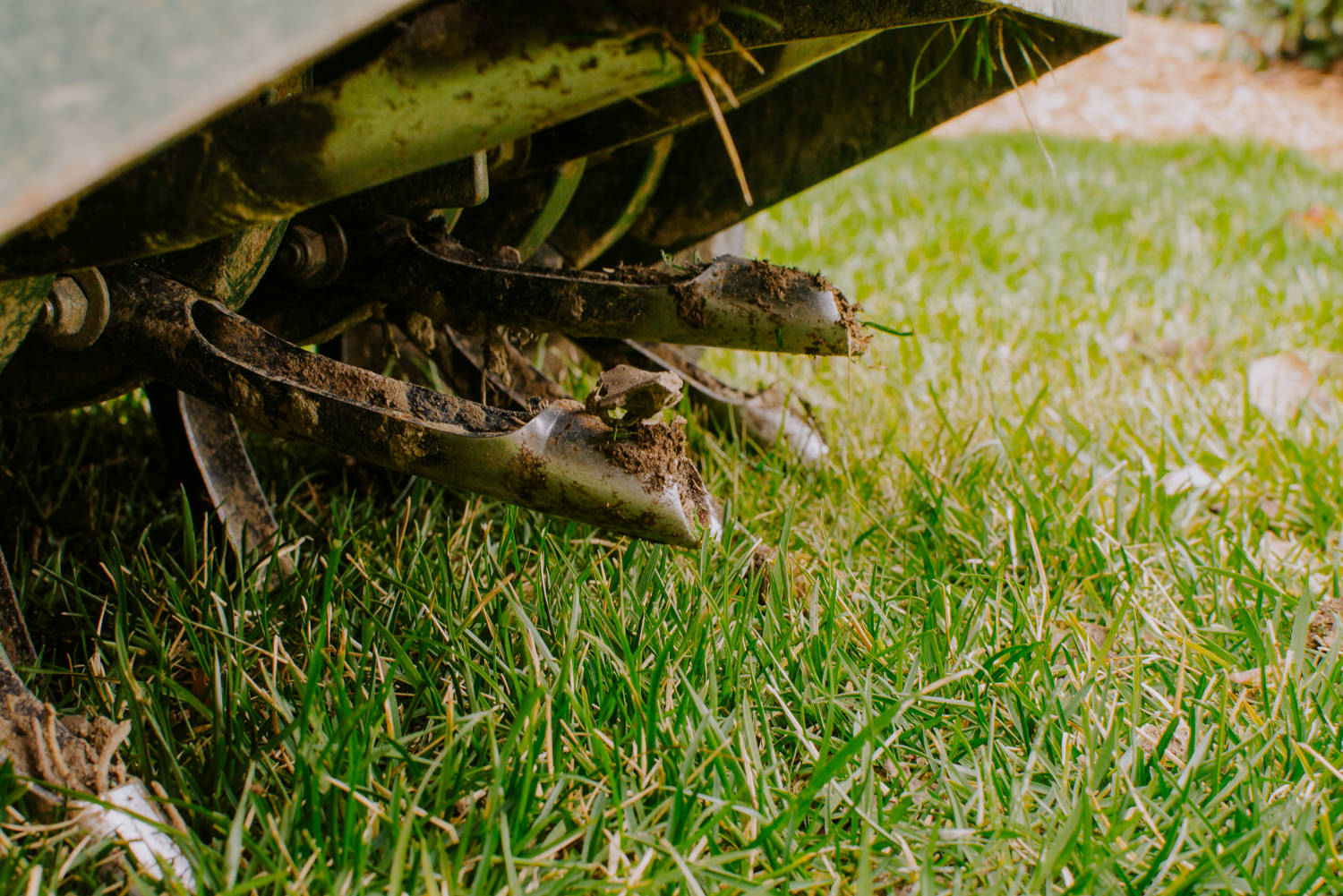
Step 1: Core Aerate Your Lawn
Core aeration services involve the use of a machine that removes small cores of turf from your lawn. This process helps to loosen up the soil and allows for better seed-to-soil contact, both of which are essential for successful overseeding. If you’re not sure whether or not your lawn needs to be cored, take a look at the thatch layer. If it’s more than ½ inch thick, or if the ground feels generally hard to the touch, core aeration is probably a good idea.
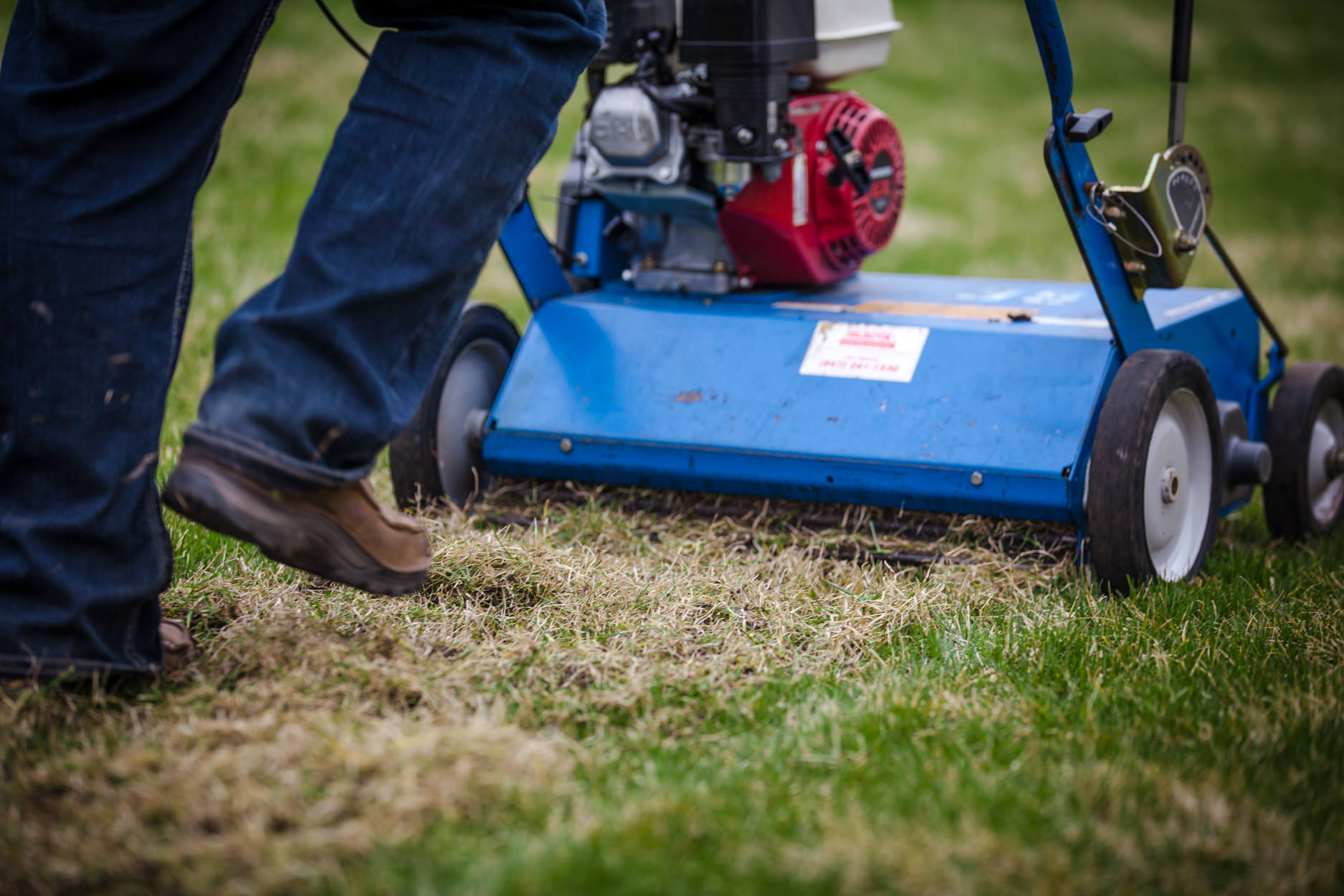
Step 2: Dethatch Your Lawn
Dethatching services involve the use of a machine or tools that remove the thatch layer from your lawn. This process helps to improve seed germination and root development, both of which are essential for a healthy lawn. Dethatching also removes blockages that would prevent water from reaching down into the soil.
Once the preparation is complete, you can begin overseeding with the use of a spreader. We recommend using a spreader that is specifically designed for overseeding, as this will help to ensure an even distribution of seed. Once the seed has been evenly distributed throughout all desired areas, you can begin watering.
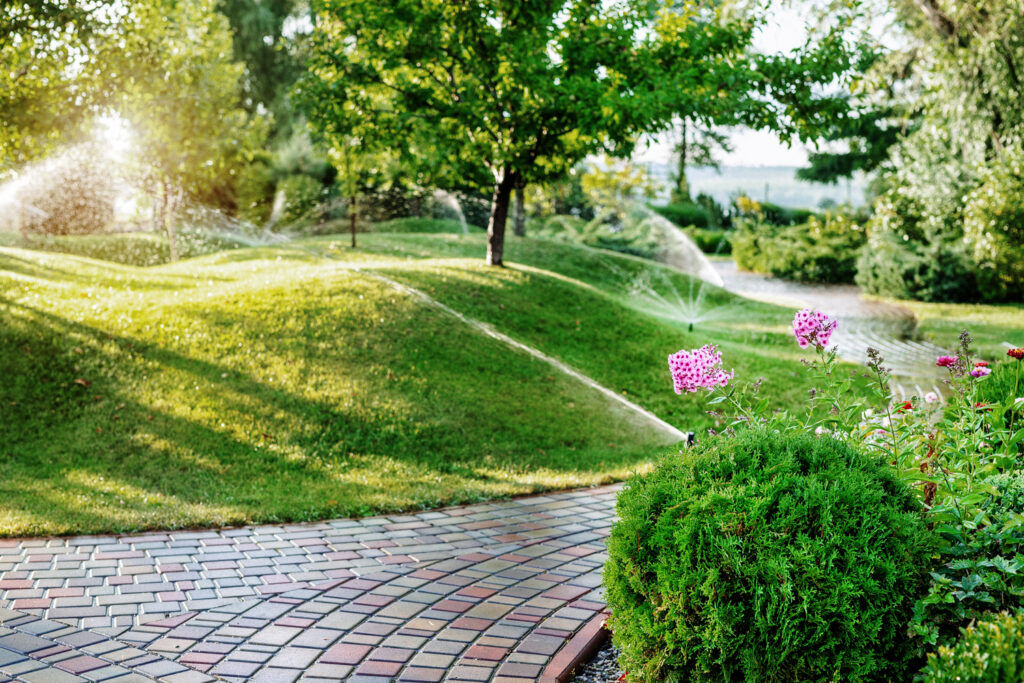
How To Water After Overseeding Service
One of the most important things to remember when watering your lawn after overseeding is to start slowly. It’s important not to overwater your lawn, as this can lead to problems such as fungal growth, disease, and even death of the new seedlings. Instead, water your lawn lightly and frequently at first, then gradually increase the amount of water you’re applying as the seedlings begin to establish themselves.
The amount of water to use depends on a number of factors, such as the type of grass you’re growing, the climate in your area, and the amount of rainfall you typically receive. Remember that you want the soil to feel consistently damp, but do not soak it or allow puddles to form. In general, most lawns will require 1-2 inches of water per week, but this is just a guideline. Check out this guide for more information on the needs of different grass types in Illinois.
Days 1-10 (September – Early October)
Begin watering on the very first day of seeding. Always water as close to dawn as possible in order to give your lawn adequate time to absorb water and dry itself. This will help avoid fungal infections that will bring your seedlings’ progress to a screeching halt. At this early stage in the seeds’ development, it is advisable to water once in the morning and once again in the early afternoon, especially if temperatures are warmer.
- Rotating Irrigation Heads: 12 minutes per zone.
- Fixed Irrigation Heads: 5 minutes per zone.
- Hand Watering/Hose and Sprinkler System: 15-20 minutes per zone.
Days 11-20 (October)
After the first week or two, you should begin to see new seedlings emerge through the soil surface. You should be able to cut the frequency of watering by up to half at this point. If growth seems to be strong and consistent, try to water for longer in the morning rather than watering for a second session in the afternoon. The most important thing at this stage is to make sure you are sticking to a regular schedule to help your new turf get established.
- Water your lawn when soil has dried out. Don’t water if it is still damp.
- Rotating Irrigation Heads: 20 minutes per zone.
- Fixed Irrigation Heads: 10 minutes per zone.
- Hand Watering/Hose and Sprinkler System: 25-30 minutes per section.
Days 21+ (Late October – Early November)
Your new turf should be well on its way after roughly 3 weeks of consistent watering. You can now start to revert back to normal watering routines until grass growth stops for the winter. This means watering once per day, early in the morning, for a longer period of time. Deeper, more infrequent watering promotes deep root development, instead of shallow watering to produce shallow roots. Follow these steps, and your lawn should burst back to life in the following spring!
- 1-2 inches of water per week between rainfall and irrigation.
- Rotating Irrigation Heads: 25 minutes per zone.
- Fixed Irrigation Heads: 15 minutes per zone.
- Hand Watering/Hose and Sprinkler System: 25-30 minutes per section.
Ready To Sign Up? Get Your Quote
Looking to get signed up for service? Learn more about our current services & quickly get a quote for your property.
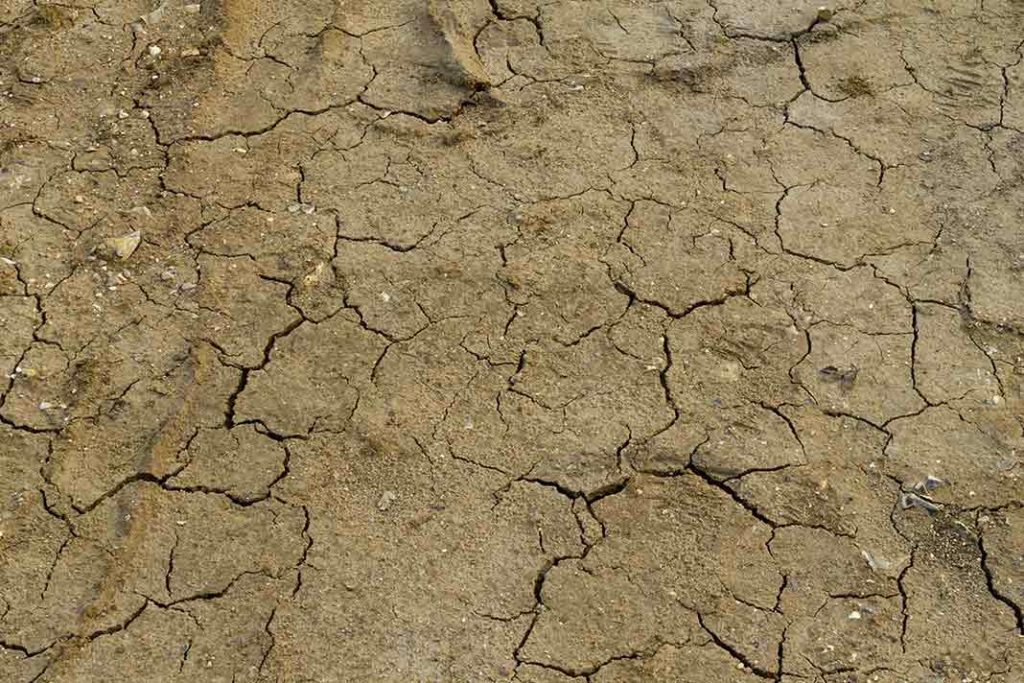
How To Water Different Types Of Soil
Different soil types have different attributes that make watering needs vary. In general, you never want the soil in your lawn to be completely soaked, as this will lead to drowning your lawn. You should try to aim for soil that consistently remains slightly damp to the touch, especially when laying new seed. Get your soil tested to attain a better understanding of your lawn’s watering needs.
Clay Soil
Clay is a type of soil that absorbs water slowly, which occasionally leads to runoff and puddles because this spoil dries out very slowly. An inch of water will only penetrate 4 to 5 inches deep.
Loam Soil
Loam absorbs water evenly, especially when combined with a sandy soil. Loam ensures the most even distribution, with an inch of water being able to reach the perfect depth of 6 to 8 inches. This is the ideal depth for root development.
Sandy Soil
Sandy soil, on its own, requires a lesser amount of water but a high watering frequency. Water is absorbed very quickly through sandy soil, with an inch of water being able to penetrate up to a foot deep.
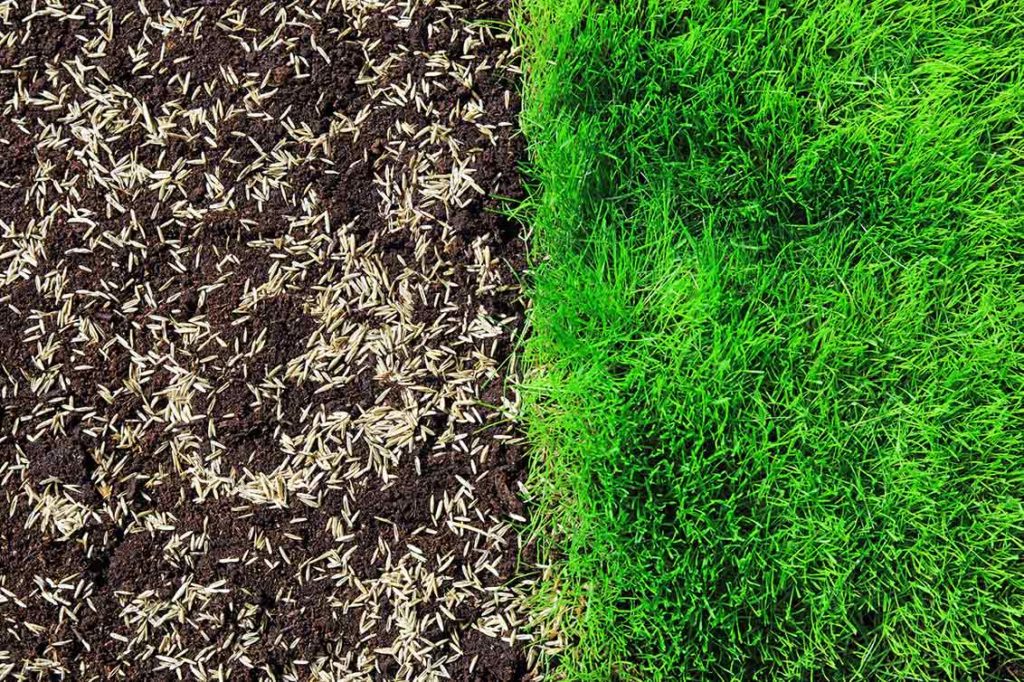
Overseeding & Other Lawn Care Services
While overseeding is not overly complicated, improper seeding can lead to even further damage to your turf. To make sure your lawn is seeded properly, hire a professional lawn care company that is experienced in overseeding and other lawn care services.
As new seeds germinate, mowing and fertilizing, in addition to watering, must be slowed down and approached delicately in order to preserve the germinating seedlings. Mowing too low to the ground will discourage healthy growth of new grass, and fertilizing too early in the seedlings’ development could put a harmful stress on them. Trust the pros, and call Elite Lawn Care today for more information overseeding aftercare.
Start Your Quote Today! Getting Started
Get your weekend back & simplify your life this season. Trust Elite Lawn Care for your Lawn Care, Landscaping & Snow Removal needs.
-
1Choose Your ServicesChoose the services your property needs throughout the year.
-
2Set Up & Finalize Your AccountFill out the form & one of our team members will contact you.
-
3Discover The DifferenceServices are automatically scheduled, completed & billed.


